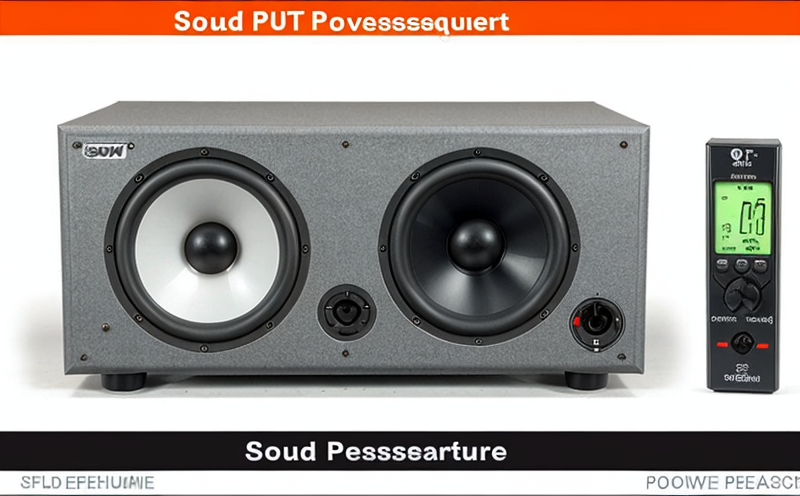ISO 8528-10 Sound Power Measurement of Generator Sets
The measurement of sound power in generator sets is critical for ensuring compliance with international noise regulations and for optimizing the acoustic performance of industrial equipment. ISO 8528-10 provides a standardized method to determine the overall sound power level, which is essential for understanding the acoustic impact of these machines on their environment.
Generator sets are complex machinery that can generate significant noise levels, especially during operation. This noise can affect both the immediate surroundings and the health and well-being of nearby personnel. The ISO 8528-10 standard offers a structured approach to measuring sound power using a combination of free-field techniques and direct measurement in anechoic chambers.
The methodology involves several key steps, including the setup of the test environment, the selection of appropriate microphones, and the application of correction factors. The standard specifies that the measurement should be conducted under steady-state operating conditions to ensure accurate results. This means that the generator set must operate continuously for a sufficient duration to achieve thermal equilibrium.
Once the measurements are taken, the data is analyzed using specific formulas provided in ISO 8528-10. These formulas account for factors such as the geometry of the test chamber and the characteristics of the microphones used. The results provide an overall sound power level (SWL) that can be compared against regulatory limits to determine compliance.
The importance of this measurement cannot be overstated, especially in industries where noise pollution is a concern. For instance, in construction sites, hospitals, or residential areas near industrial zones, the acoustic impact of generator sets must be managed carefully. By adhering to ISO 8528-10, companies can ensure that their equipment operates within acceptable noise levels, thereby contributing to a quieter and healthier environment.
Moreover, compliance with this standard is not just about meeting regulatory requirements; it also enhances the reputation of the company as an environmentally responsible and socially conscious entity. This can lead to improved customer satisfaction and increased market share in competitive sectors.
- Environmental Impact: Reduces noise pollution, contributing positively to public health and well-being.
- Economic Benefits: Ensures compliance with international regulations, avoiding potential fines and penalties.
- Social Responsibility: Enhances the company’s image in the community by demonstrating commitment to sustainability.
In conclusion, ISO 8528-10 sound power measurement is a vital tool for ensuring that generator sets meet stringent acoustic standards. By adhering to this international standard, companies can ensure that their equipment operates within acceptable noise levels, thereby contributing to a quieter and healthier environment.
Industry Applications
The ISO 8528-10 sound power measurement is widely applicable across various industries where generator sets are used. These include construction, manufacturing, energy production, and transportation. In the construction industry, for example, generator sets are often used to power tools and equipment during night shifts or in remote locations.
In the manufacturing sector, large machinery such as generator sets may be used in assembly lines or on-site operations. The noise generated by these machines can have significant impacts on both workers and nearby communities. By measuring sound power according to ISO 8528-10, companies can ensure that their equipment operates within acceptable noise levels.
In the energy sector, generator sets are crucial for powering remote or off-grid facilities. Ensuring compliance with acoustic regulations is essential in these environments where noise pollution could affect both local ecosystems and human populations.
The transportation industry also benefits from ISO 8528-10 sound power measurement. For instance, when testing large diesel engines used in heavy-duty trucks or ships, the standard provides a reliable method for determining the overall acoustic impact of these machines.
By adhering to this international standard, companies can ensure that their equipment operates within acceptable noise levels, thereby contributing to a quieter and healthier environment. This is particularly important in industries where noise pollution is a significant concern, such as construction sites, hospitals, or residential areas near industrial zones.





